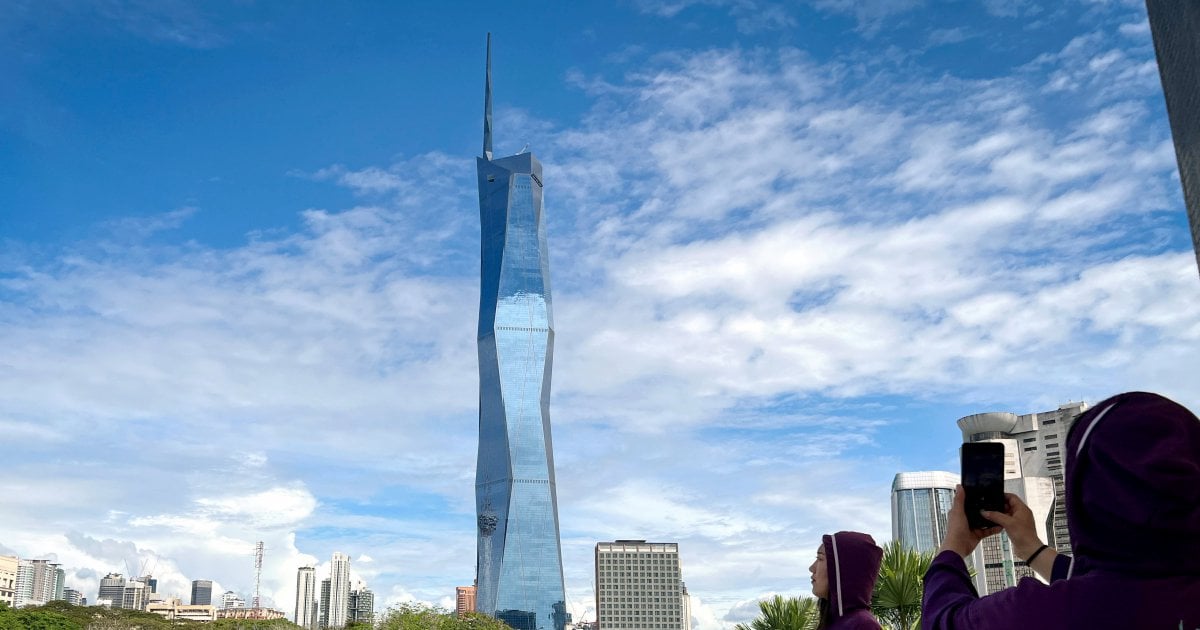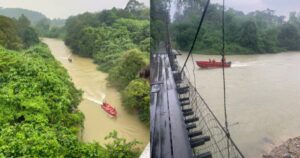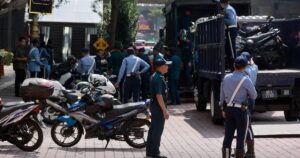KUALA LUMPUR: Kuala Lumpur must balance a modern skyline with public cultural spaces that reflect the city’s diverse heritage and give it a sense of soul.
Badan Warisan Malaysia (BWM) president Lim Wei-Ling said while the city boasted impressive skyscrapers, it must balance modernity with vibrant cultural public spaces that foster people’s connection to its diverse heritage and encourage cultural exchange.
Lim said the newly launched Warisan KL project presented an opportunity to address this by enhancing heritage sites and creating dynamic spaces for people to gather and celebrate the city’s rich history.
“Badan Warisan Malaysia was pleased to attend the launch of the Warisan KL project and applauds it as a positive and much-needed initiative to restore and revitalise key heritage sites in the city.
“We are heartened that Dataran Merdeka and Carcosa Seri Negara will be given renewed attention as these landmarks hold immense historical and cultural significance,” she said.
She added that once restored, these spaces had the potential to become central hubs for tourism, cultural activities, and community interaction.
Earlier yesterday, Prime Minister Datuk Seri Anwar Ibrahim launched the Warisan KL initiative, aimed at rejuvenating the city’s historical core into a creative and cultural district.
The initiative, formally known as “Warisan KL: Warisan Ibu Kota Malaysia Madani”, is a public-private collaboration led by Kuala Lumpur City Hall and ThinkCity, in response to the gradual hollowing out of Kuala Lumpur’s historic centre.
Spanning a 20 sq km area, Anwar said the initiative would feature 10 flagship projects designed to reposition Kuala Lumpur as a global creative hub — uniquely Malaysian, inclusive, and well-connected.
On which facilities should be prioritised to attract more tourists, Lim recommends focusing on the heritage trail from Kuala Lumpur Railway Station to Masjid Jamek, encompassing iconic sites such as Kuala Lumpur Railway Station, Sultan Abdul Samad Building, Dataran Merdeka, and Masjid Jamek, among others.
She said these landmarks formed part of the historic heart of Kuala Lumpur, and their restoration and activation would boost heritage tourism while preserving the city’s unique character.
“BWM strongly supports this initiative and looks forward to collaborating with stakeholders to ensure that the project not only conserves our heritage but also elevates Kuala Lumpur as a culturally vibrant and livable city.
“With the Warisan KL project in place, Kuala Lumpur is set to become a truly global city that encompasses and embraces both modernity as well as respect for culture and heritage — valuing and preserving the tradition and historical significance of its diverse communities.”
Inbound Tourism Alliance Consortium president Uzaidi Udanis said the initiative would highlight the city’s soul.
Aside from refurbishing and upgrading buildings, or “hardware”, he said emphasis must also be placed on the “software” — features such as cleanliness.
“There is some imbalance in the city. Areas such as Petaling Street and Little India in Brickfields have improved significantly, but I was quite surprised by the condition of the areas around Masjid India, which are not up to standard,” he said.
“One of the tourist spots there, Haniffa, was once considered a one-stop shopping centre, especially popular among tourists from Indonesia, Brunei, the Middle East, and India.
“However, the area around it is now crowded with beggars and the homeless. We need to clean up the area.”
He added that there should also be more activities, food trail signages, and pedestrian-friendly walkways, especially those that connect with the Light Rail Transit system.
© New Straits Times Press (M) Bhd






